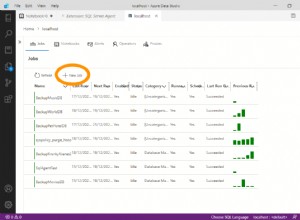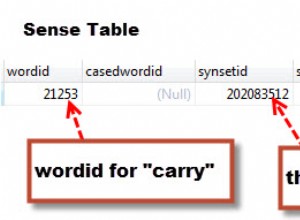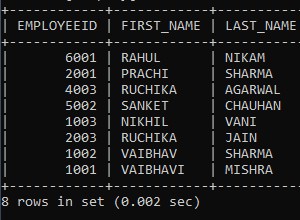अगली बार, प्राथमिक कुंजी को अपडेट करने के लिए एकल "तालिका बदलें" कथन का उपयोग करें।
alter table xx drop primary key, add primary key(k1, k2, k3);
चीजों को ठीक करने के लिए:
create table fixit (user_2, user_1, type, timestamp, n, primary key( user_2, user_1, type) );
lock table fixit write, user_interactions u write, user_interactions write;
insert into fixit
select user_2, user_1, type, max(timestamp), count(*) n from user_interactions u
group by user_2, user_1, type
having n > 1;
delete u from user_interactions u, fixit
where fixit.user_2 = u.user_2
and fixit.user_1 = u.user_1
and fixit.type = u.type
and fixit.timestamp != u.timestamp;
alter table user_interactions add primary key (user_2, user_1, type );
unlock tables;
जब आप ऐसा कर रहे हों तो लॉक को और अपडेट आने से रोकना चाहिए। स्पष्ट रूप से इसमें कितना समय लगता है यह आपकी तालिका के आकार पर निर्भर करता है।
मुख्य समस्या यह है कि यदि आपके पास समान टाइमस्टैम्प के साथ कुछ डुप्लीकेट हैं।




